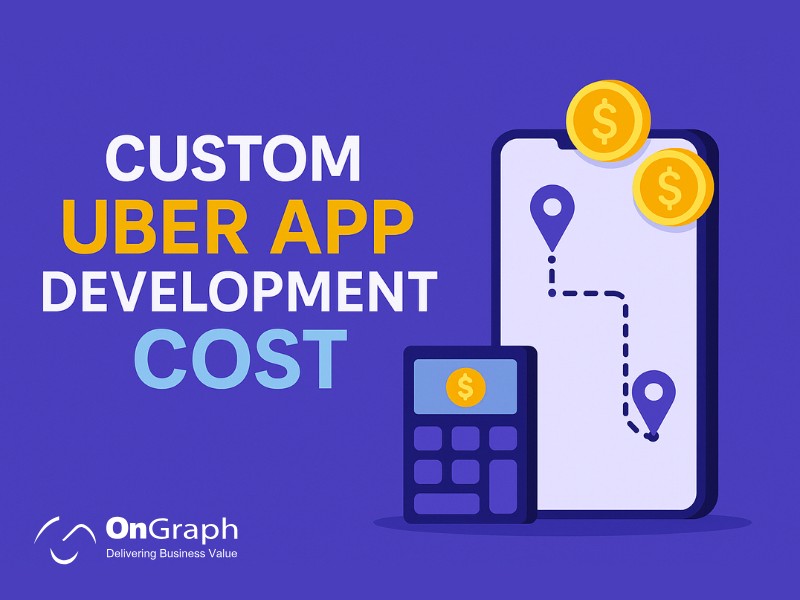When users join a dating app, they’re not just looking for love or social interaction—they’re placing their trust in your platform. That’s why user verification and safety mechanisms have become essential components of successful dating app development.
Whether you’re planning to create a dating app from scratch or working with a white label dating app, incorporating robust safety features isn’t optional anymore—it’s expected.
In this blog, we’ll explore:
- Why user trust is the foundation of a thriving dating platform
- Must-have verification methods
- Safety features that reduce abuse and fake profiles
- Technical options for implementing these features
- How custom dating app development can support safety at scale
The Problem with Fake Profiles and Unsafe Interactions
Fake users, spam bots, and catfishing have plagued dating apps since their inception. When users start feeling unsafe or deceived, they quickly abandon the app—and your brand reputation suffers.
According to industry studies:
- Over 35% of online dating users report encountering fake accounts
- Apps with weak moderation see significantly higher churn rates
- Verified profiles often receive up to 60% more matches and responses
As a founder or product manager, your job is to build a secure environment where genuine people can connect. That starts with identity verification and in-app safety protocols.
Must-Have User Verification Features
If you’re building a new dating platform or customizing a white label dating app, consider these top verification features:
1. Image-Based Selfie Verification
Users upload a selfie in a specific pose (e.g., holding up three fingers). Admins or AI systems compare the selfie to the profile photo to confirm identity.
2. Video Verification
Ask users to submit a short video clip speaking a code or phrase. This reduces the chances of using stolen or AI-generated images.
3. Government ID Upload (Optional)
Some apps allow users to submit ID for high-trust badges. While optional for most, this adds a second layer of confidence.
4. Social Profile Linking
Connecting Facebook, Instagram, or LinkedIn can increase authenticity and give users more context.
5. Email and Phone Verification
Basic but essential—make it mandatory for all users. Use OTPs and verification links.
In-App Safety Features to Protect Users
Verification is the first layer of protection. Your dating app should also include:
1. Report and Block Functionality
Every profile, message, or photo should have a “Report” button. Users should also be able to block others permanently.
2. Admin Moderation Dashboard
Your admin panel must allow easy flag review, banning, and content deletion. Smart filters or AI-assisted moderation help scale this.
3. Message Filter Systems
Automatically detect and flag abusive, explicit, or spammy messages. Ban known spam keywords or offer warnings to violators.
4. Verified Badge System
Profiles that pass selfie or video checks should be marked with a blue tick or verified badge—clearly visible on profile cards.
5. Geolocation Privacy Controls
Let users control the visibility of their exact location. Approximate locations can help maintain safety while still enabling matches.
How Tech Can Help You Automate Safety?
A strong custom dating app development strategy includes technical planning for user safety. Some tools and techniques include:
- Face recognition APIs (e.g., Amazon Rekognition, Microsoft Face)
- AI-based chat moderation (e.g., Google Perspective API)
- Cloud storage rules for media uploads (e.g., Firebase Rules)
- Role-based admin access to ensure staff accountability
- Real-time flagging dashboards using MongoDB or PostgreSQL + Angular
By integrating these tools, your team can manage safety at scale without manually reviewing every report or image.
Also read- How to Monetize a Dating App- Unlock Key Strategies?
User Education and Transparency
Don’t just implement safety—communicate it clearly to your users. Create a dedicated page or FAQ in your app that explains:
- Why do you verify users
- How do you protect privacy
- What actions are taken when a user is reported
- How to spot suspicious behavior
Being transparent about your safety policy builds brand trust and increases app adoption.
Final Thoughts: Trust Is the New Swipe
In today’s market, dating apps that prioritize user trust stand out. With AI-generated fake profiles and scams becoming more sophisticated, your platform must evolve.
If you’re planning to create a dating app, investing in user verification and safety features is no longer optional—it’s a competitive advantage and a user expectation.
Whether you’re using a white label dating app or going for full custom development, safety should be embedded from day one.
FAQs
User verification helps prevent fake profiles, spam, and scams. Verified users feel safer and are more likely to interact and stay on your platform.
Top methods include selfie verification, video clips, linking social profiles, government ID submission, and phone/email OTP validation.
Yes, most white label dating apps can be customized to include selfie verification, admin approval systems, or integration with third-party verification APIs.
They use photo comparison tools, behavior monitoring, spam filters, and manual review systems to detect and remove fake users.
No, it’s optional in most apps. However, high-trust platforms may use it for users who want a premium badge or access to exclusive features.
Must-haves: block/report tools, verified badges, abusive language detection, admin moderation, and geolocation privacy controls.
Use an admin panel with flag logs, ban/unban tools, and moderation queues. Integrating role-based access helps scale moderation efficiently.
Yes, users with a verified badge typically receive 30% to 60% more matches, as trust plays a big role in user decision-making.
Yes. AI-based tools like chat filters and image recognition APIs can detect inappropriate content and reduce the need for manual review.
Add a clear “Trust & Safety” section in your app, share your verification process, and let users know how to report or block suspicious behavior.
About the Author
Let’s Create Something Great Together!
Latest Blog
















